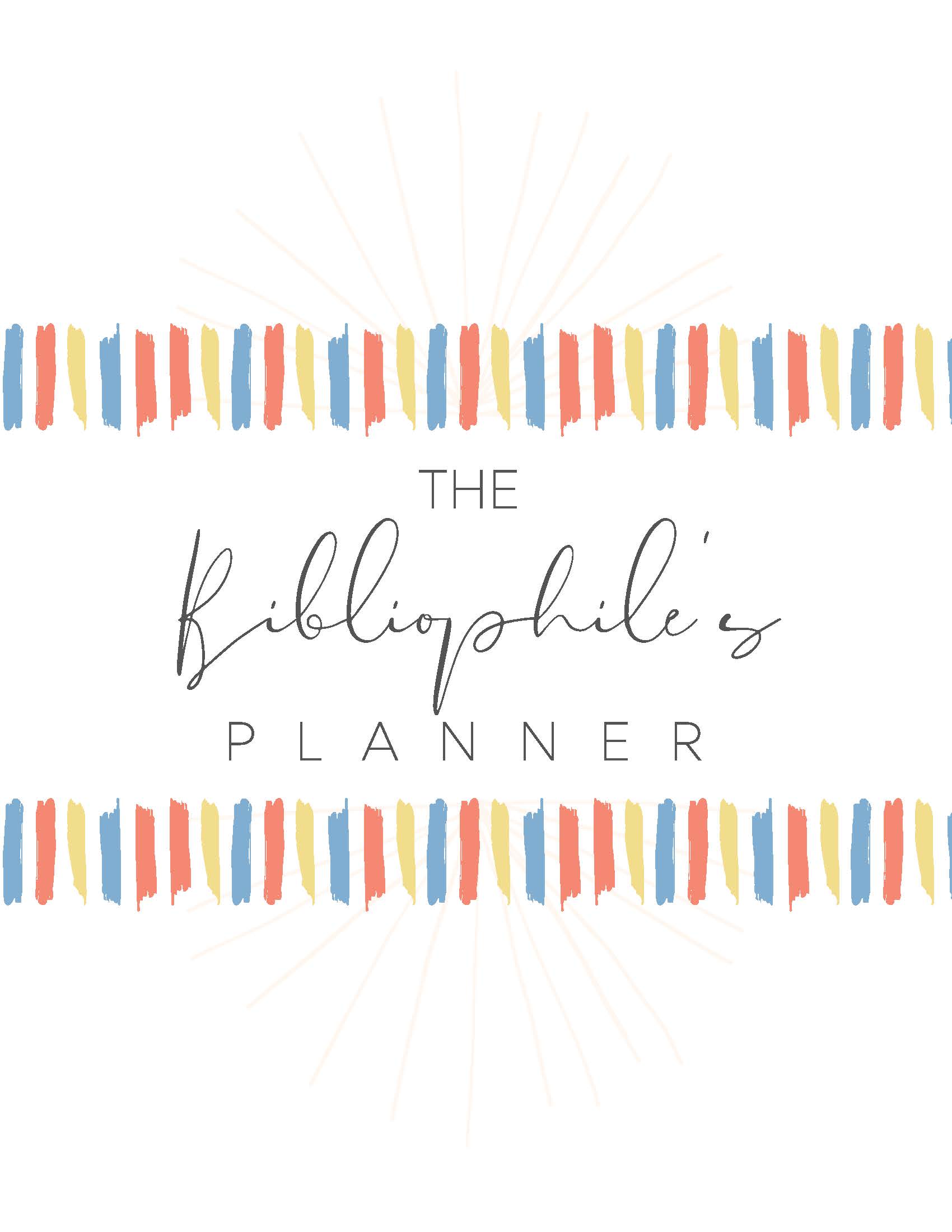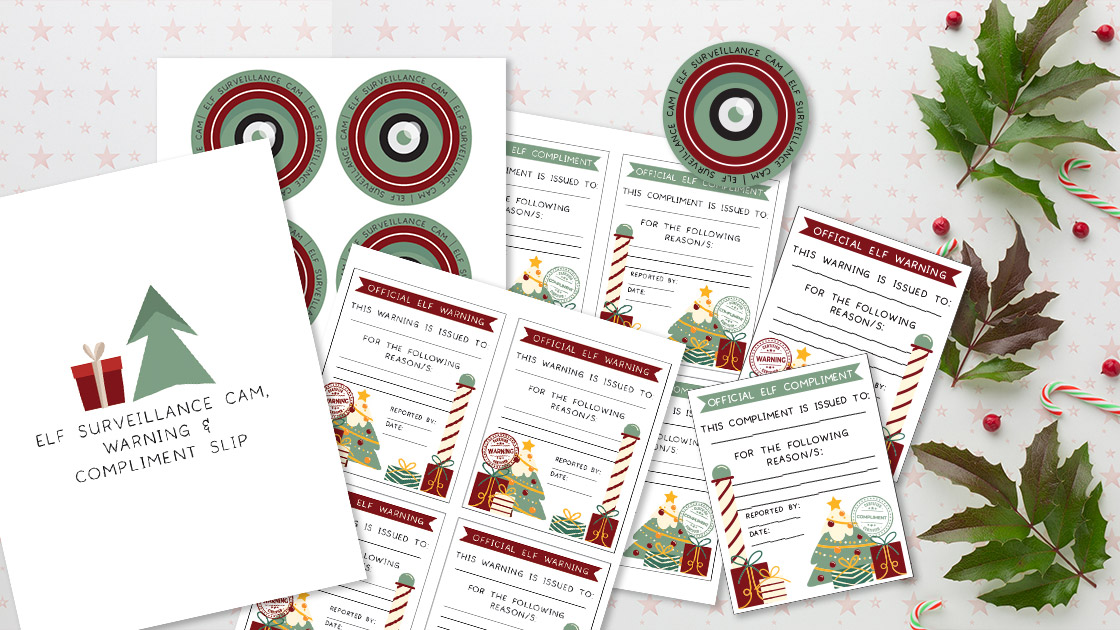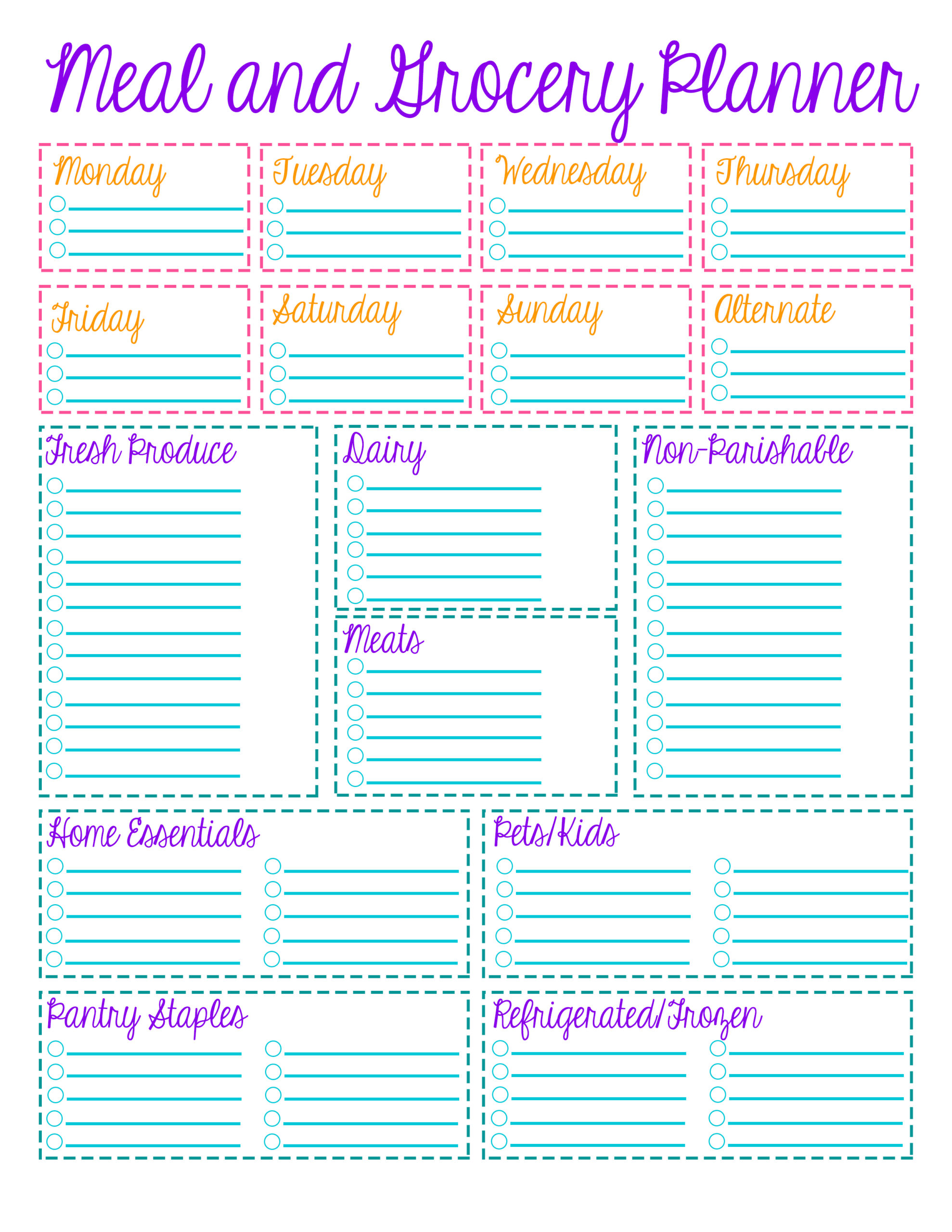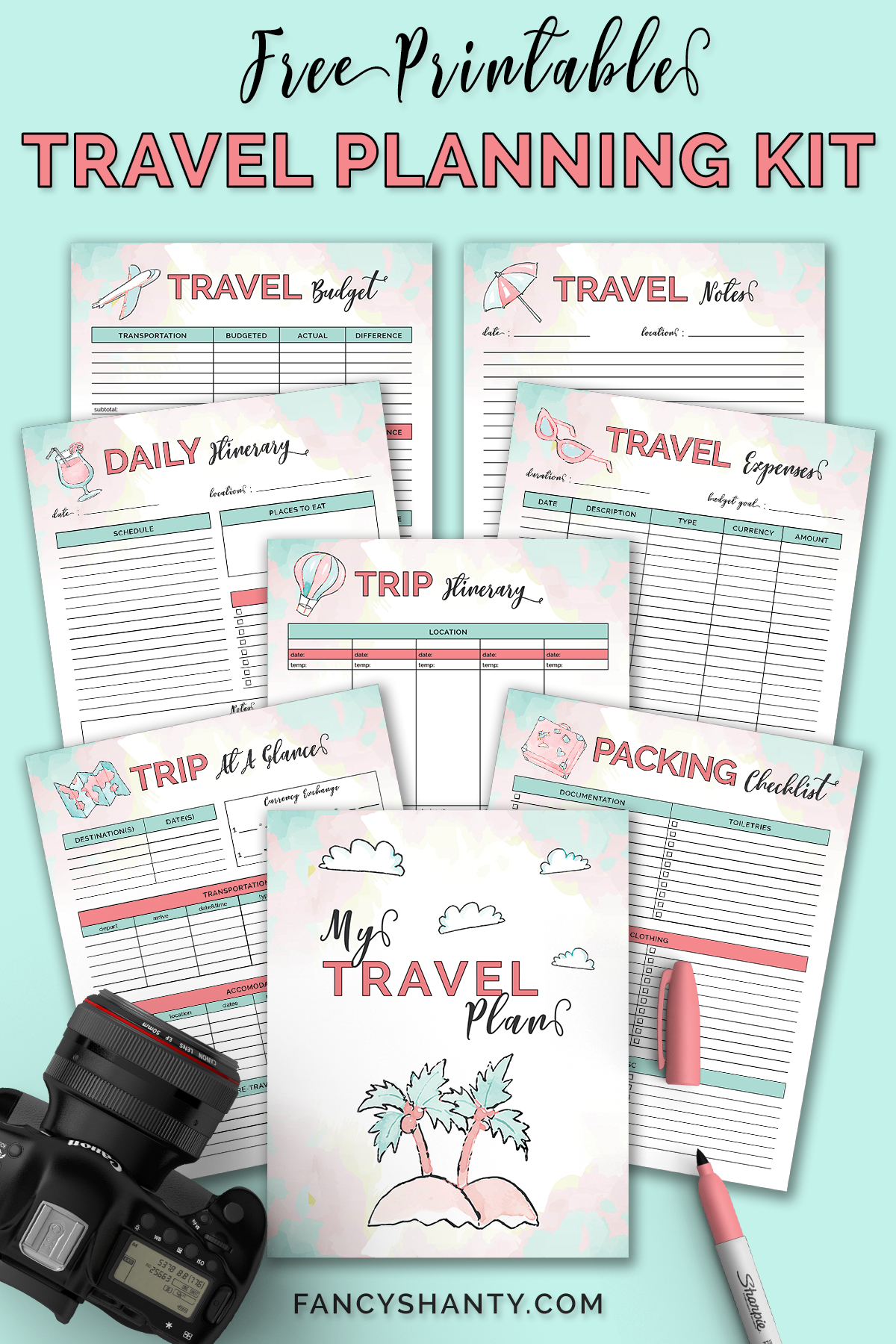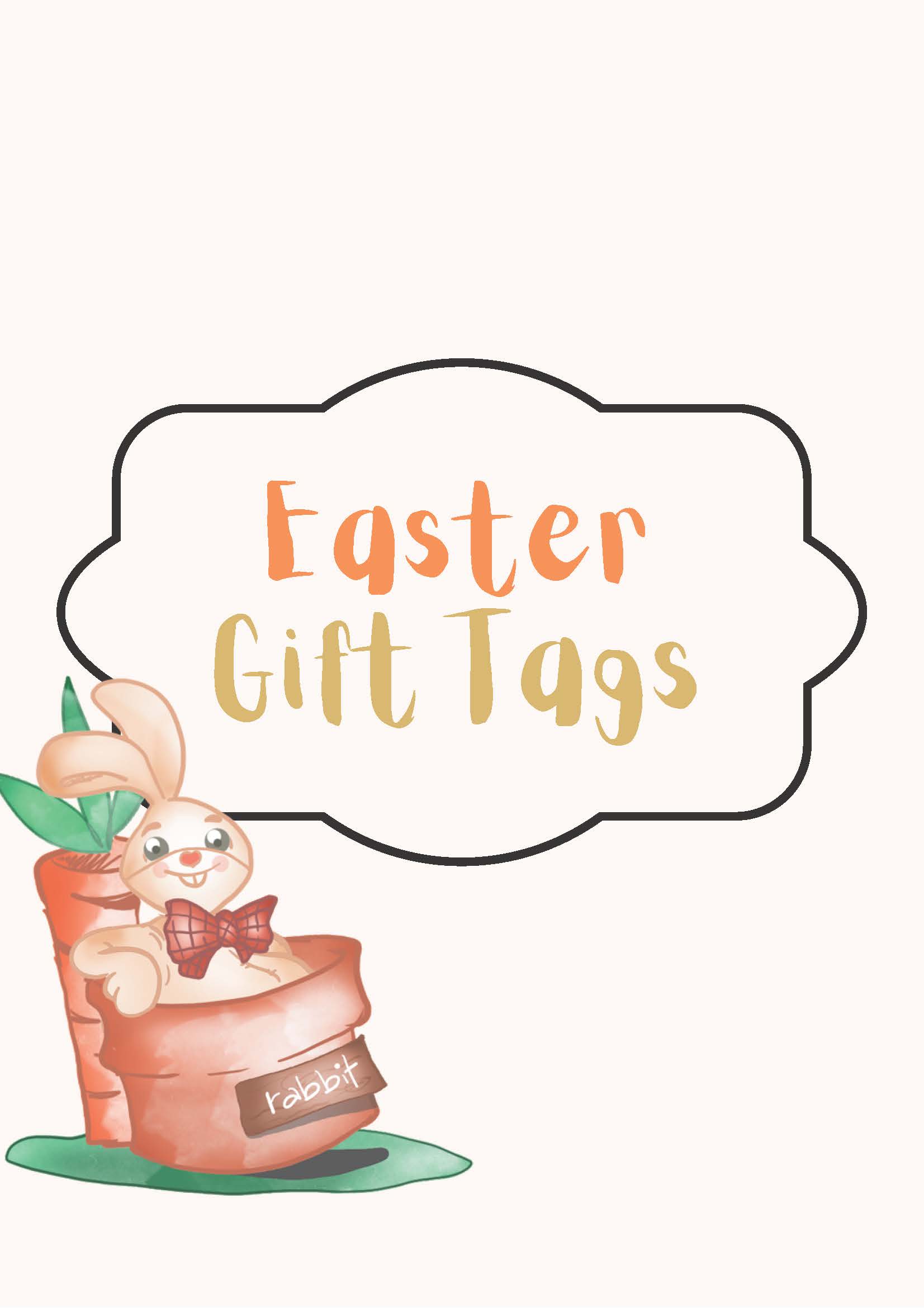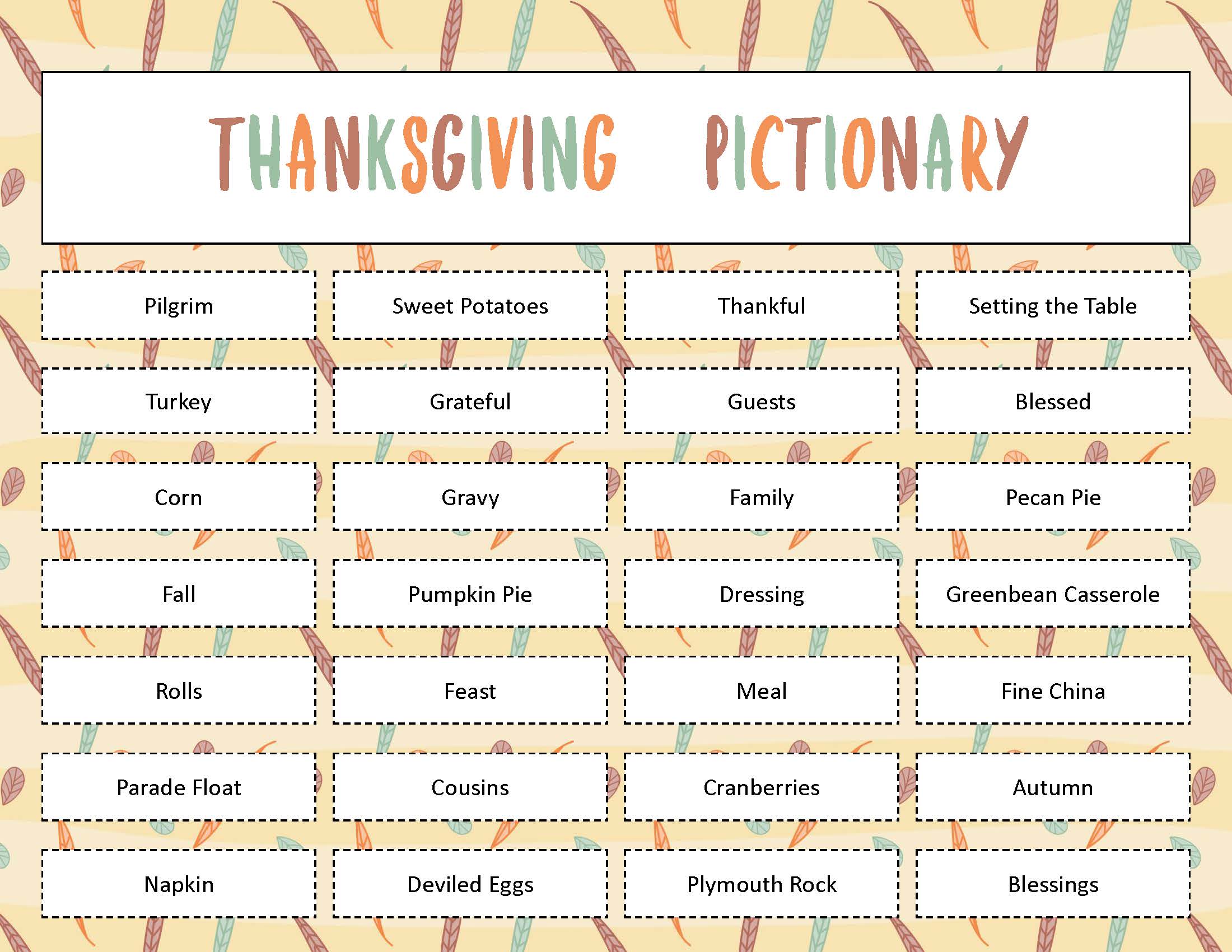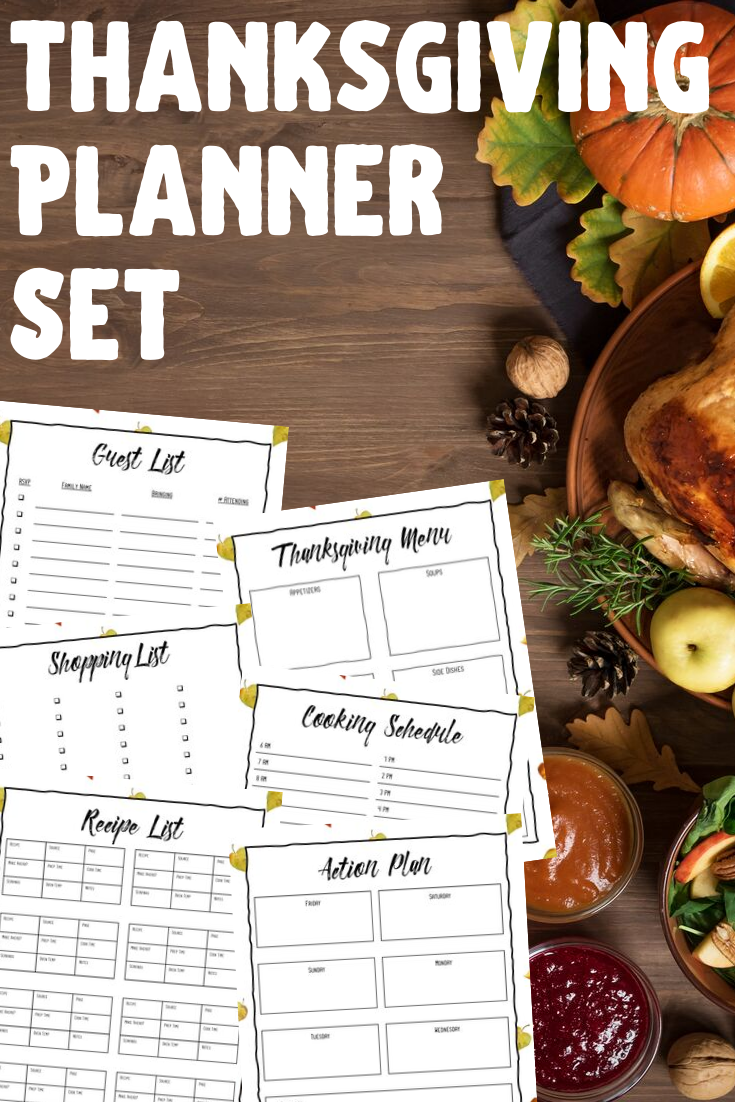Free Printable Reading Planner: Organize Your Reading List and Track Your Progress
If you're an avid reader, keeping track of what you've read and what you want to read can be a daunting task. With so many books to choose from, it's easy to forget what you've read and what you want to read. That's where a free printable reading planner comes in handy.
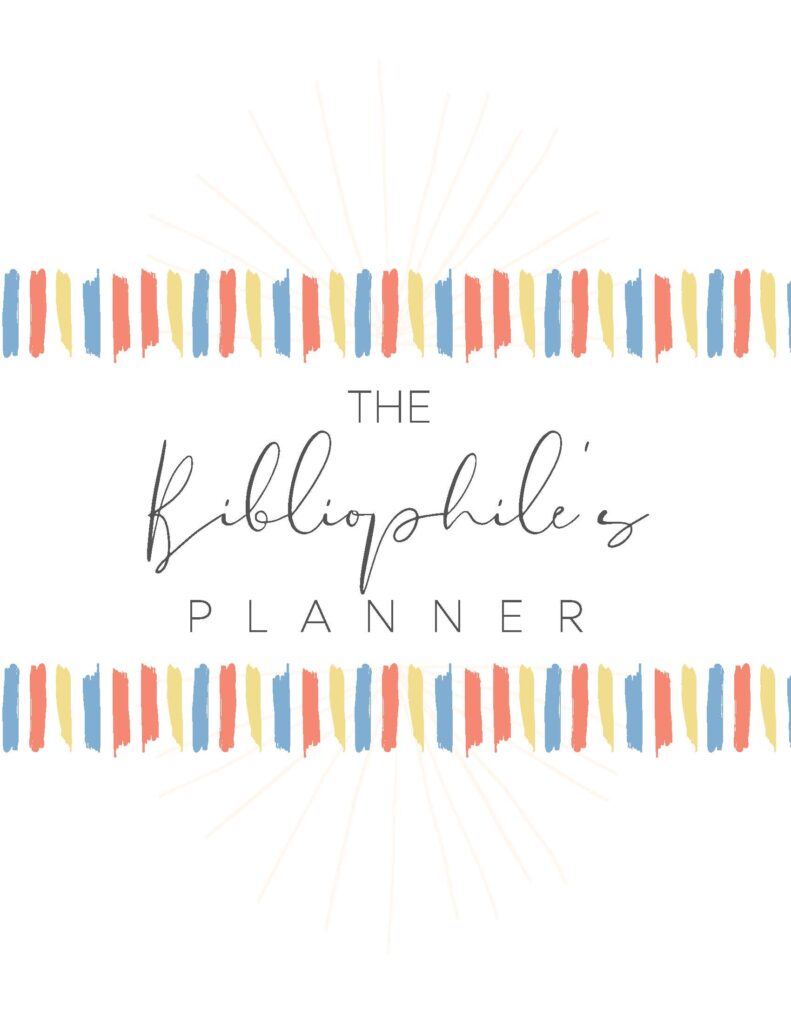
A free printable reading planner is a tool that helps you keep track of your reading progress, set reading goals, and plan your reading schedule. It can also help you remember important details about the books you've read, such as the author, title, and genre. With a reading planner, you can stay organized and on top of your reading goals.
There are many different types of free printable reading planners available, from simple templates to more complex spreads. Some reading planners are designed for bullet journaling, while others are meant to be used as standalone planners. No matter what your reading preferences are, there is a reading planner out there that will work for you. In the next section, we'll take a look at some of the best free printable reading planners available online.
Free Printable Reading Planner: Organize Your Reading List and Track Your Progress
Benefits of a Reading Planner
If you're an avid reader, a reading planner can be a great tool to help you stay organized and on track with your reading goals. Here are some of the benefits of using a reading planner:
Fostering Reading Habits
Reading planners can help you develop and maintain good reading habits. By setting aside dedicated time for reading and tracking your progress, you can make reading a regular part of your routine. This can help you stay motivated and make it easier to achieve your reading goals.
Tracking Reading Progress
A reading planner can also help you keep track of your reading progress. By logging the books you've read, the pages you've completed, and other important details, you can get a better sense of your reading habits and patterns. This can help you identify areas where you need to improve and make adjustments to your reading goals accordingly.
Other benefits of using a reading planner may include:
- Helping you remember important details about the books you've read
- Encouraging you to read more widely and diversely
- Providing a sense of accomplishment and satisfaction as you achieve your reading goals
Essentials of a Reading Planner
If you are an avid reader, keeping track of your reading progress can be a daunting task. A reading planner is a great tool to help you stay organized and keep track of your reading goals. In this section, we will discuss the essential features of a reading planner and how to choose the right one for you.
Choosing the Right Planner
When choosing a reading planner, there are a few things to consider. First, you should decide whether you want a physical planner or a digital one. Physical planners are great for those who prefer to write things down, while digital planners are more convenient for those who want to access their planner from anywhere.
Second, you should consider the size and format of the planner. Some planners are designed to fit in a purse or backpack, while others are larger and meant to stay at home. You should also consider whether you want a planner that is pre-designed or one that you can customize yourself.
Finally, you should consider the cost of the planner. While there are many free printable reading planners available online, some planners can be quite expensive. You should decide how much you are willing to spend before making a purchase.
Essential Features of a Reading Planner
A good reading planner should have the following essential features:
- Reading Journal: A reading journal is a place to record your thoughts and reactions to the books you read. It should include space for the book title, author, date started and finished, and your overall rating of the book.
- Reading Tracker: A reading tracker allows you to keep track of the number of books you have read and the number of pages you have read. It should also include space for the date you started and finished each book.
- Book Tracker: A book tracker is similar to a reading tracker but includes more detailed information about each book. It should include space for the book title, author, genre, number of pages, and date started and finished.
- Habit Tracker: A habit tracker allows you to track your reading habits and set goals for yourself. It should include space for the number of pages read, the amount of time spent reading, and any other reading-related goals you have set for yourself.
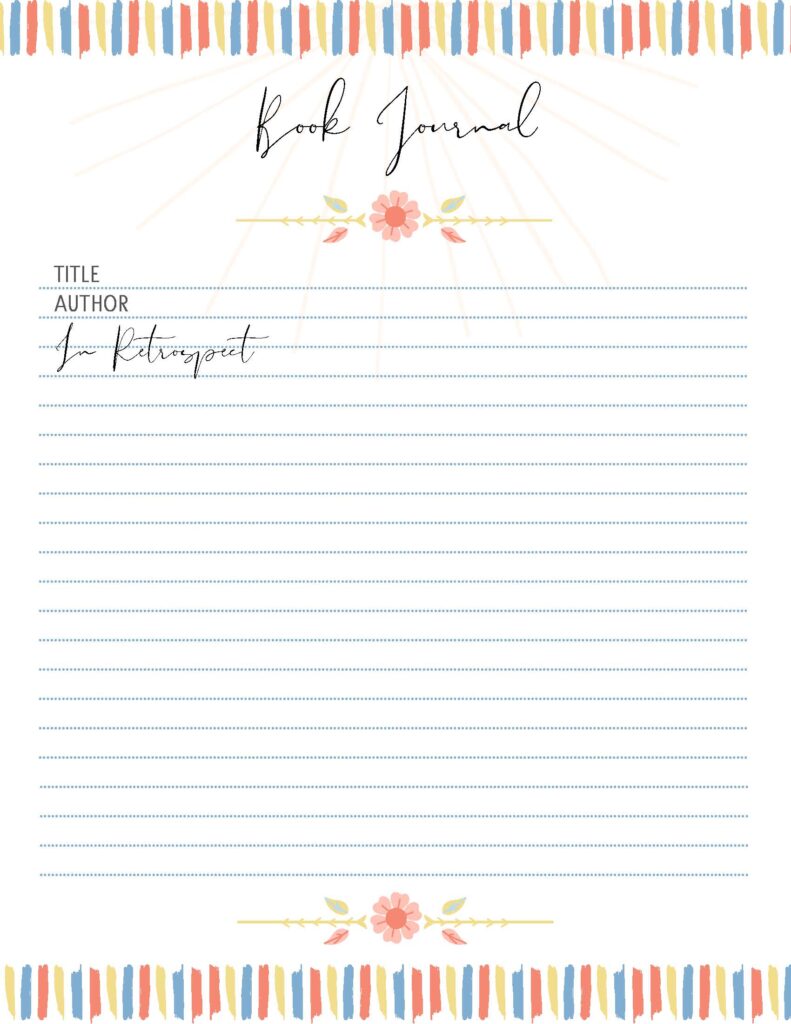
Creating Your Reading Planner
If you are looking for a way to keep track of your reading progress, a free printable reading planner is an excellent option. With a reading planner, you can set goals, track your reading, and even write book reviews. Here are some tips for creating your reading planner.
Selecting a Template
The first step in creating your reading planner is to select a template. There are many free printable reading planner templates available online. You can choose from a variety of designs and formats, including A4 and A5 sizes. Look for a template that suits your needs and preferences.
Once you have selected a template, you can download the PDF file and print it out on your printer. Make sure that your printer is set to the correct paper size. You can print out as many copies of the template as you need.
Customization Tips
To make your reading planner more personalized, you can customize it to fit your needs. Here are some customization tips:
- Add your name or a personalized message to the cover page.
- Use different colors or highlighters to categorize your reading progress.
- Include a section for your reading goals and a list of books you want to read.
- Add a section for book reviews, where you can write your thoughts and opinions on the books you have read.
- Use stickers or washi tape to decorate your planner and make it more fun.
By customizing your reading planner, you can make it more enjoyable to use and keep yourself motivated to read more.
Organizing Your Reading List
When it comes to keeping track of the books you want to read, a reading planner can be an excellent tool to help you stay organized. Here are a few tips on how to organize your reading list effectively.
Categorizing Books
One way to keep your reading list organized is to categorize your books. You can categorize them by genre, author, or even by the format you prefer to read them in. For example, you can have a section for fiction, non-fiction, and poetry. You can also have a section for audiobooks, e-books, or physical books. This way, you'll be able to quickly find the books you want to read.
Another way to categorize your books is by the mood you're in when you want to read them. You can have a section for light-hearted books, serious books, or books that make you laugh. This way, you can pick a book that matches your mood and enjoy it more.
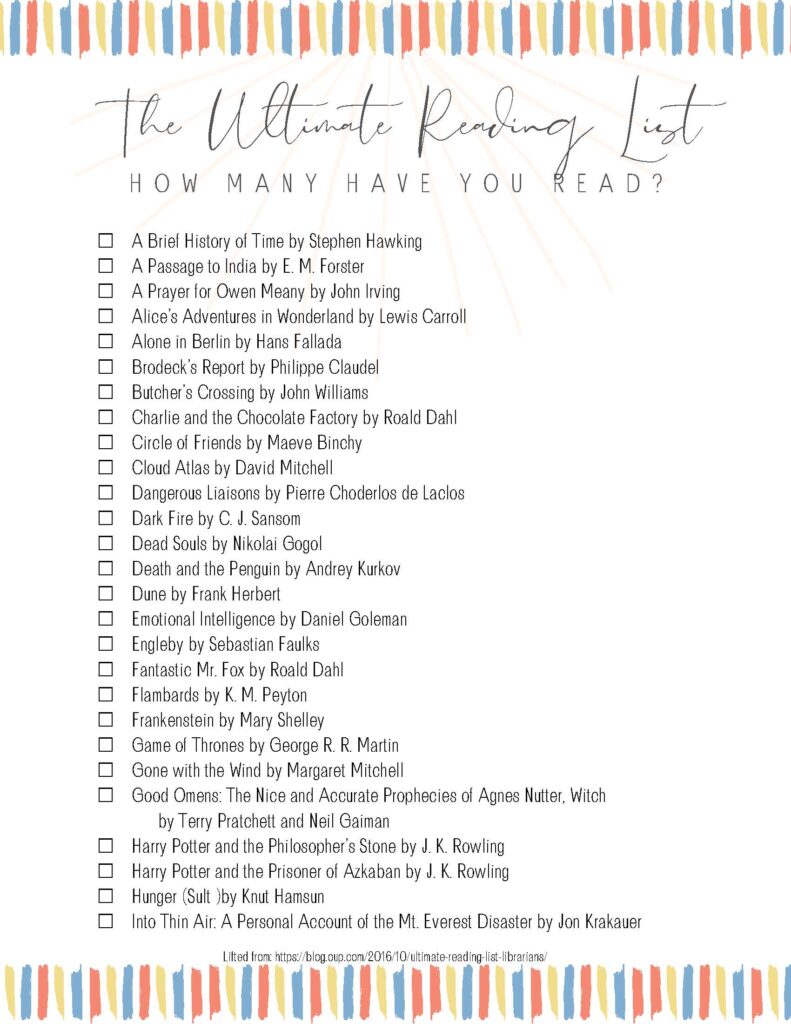
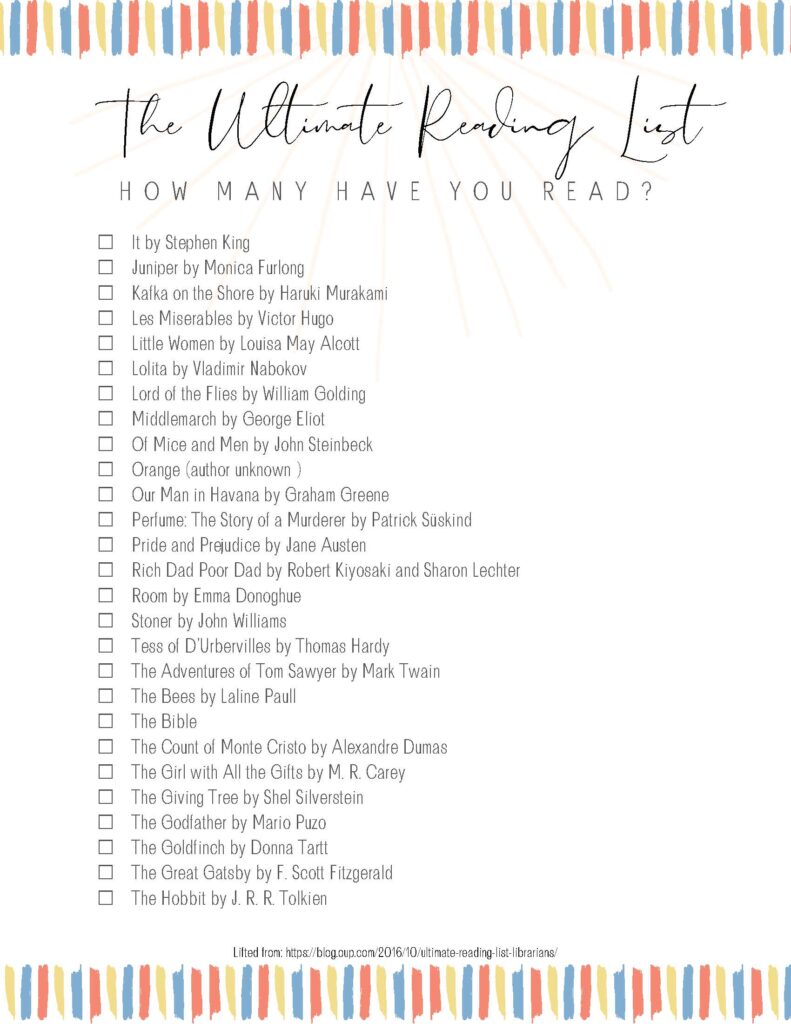
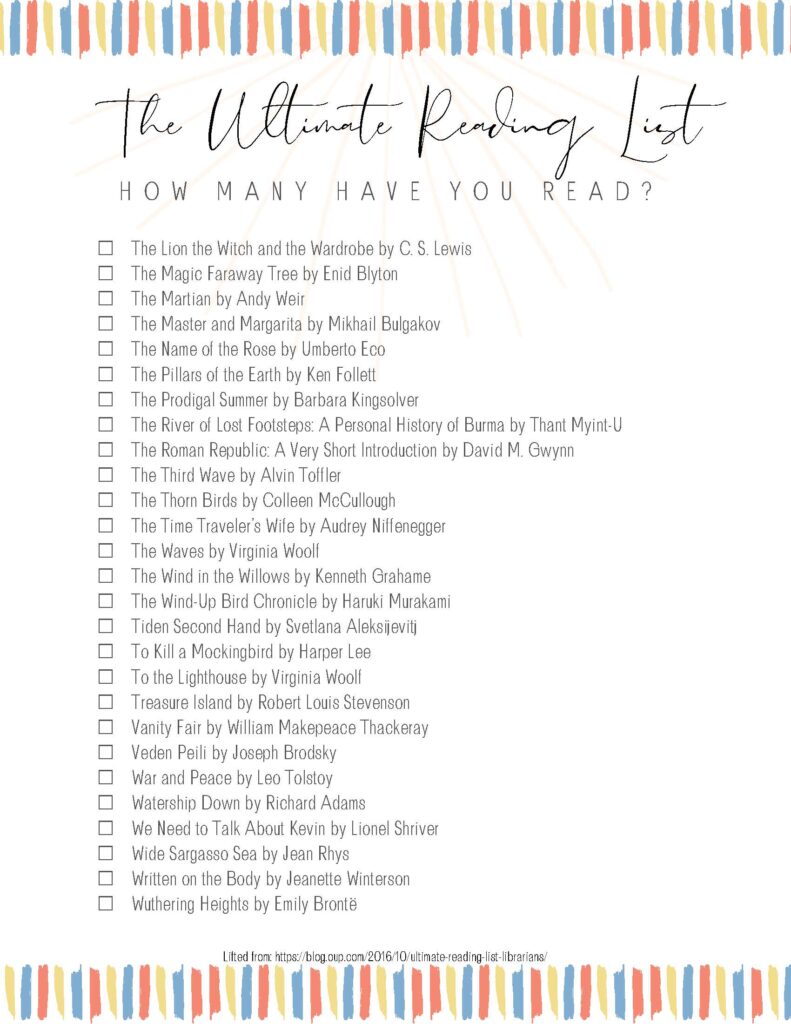
Prioritizing What to Read Next
When you have a long reading list, it can be challenging to decide what to read next. To help you prioritize, you can create a wishlist of your favorite books or books that you've been recommended. You can also prioritize books based on their release date or the author's popularity.
Another way to prioritize your reading list is to set reading goals. For example, you can challenge yourself to read a certain number of books in a month or read books from different genres. This way, you'll be motivated to read more and will have a clear idea of what to read next.
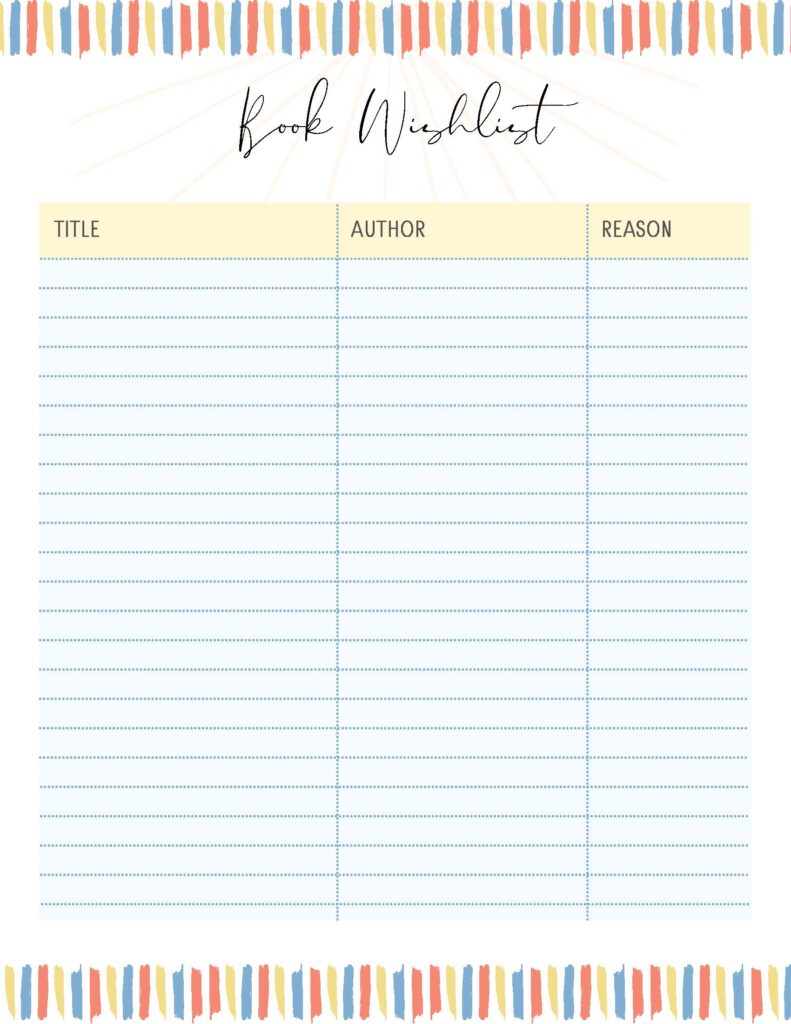
Logging Your Reading Activity
If you're an avid reader, keeping track of the books you've read can be a daunting task. However, with a free printable reading planner, you can easily log your reading activity and keep track of your progress. Here are some tips for recording your reading activity:
Recording Books Read
One of the main purposes of a reading log is to keep track of the books you've read. When logging your reading activity, make sure to include the title and author of each book. You can also include the genre and the date you finished reading the book.
You can use a table or a list to record your books read. A table can be useful if you want to include additional information such as the number of pages or the plot of the book. On the other hand, a list can be more straightforward and easier to read.
Noting Down Key Thoughts and Quotes
In addition to recording the books you've read, you can also use your reading log to note down key thoughts and quotes. This can be useful if you want to remember your favorite parts of a book or if you want to keep track of quotes that inspire you.
You can use a separate section in your reading log to note down your favorite quotes. Make sure to include the page number and the context of the quote so that you can easily find it later. You can also use bold or italic formatting to highlight your favorite quotes.
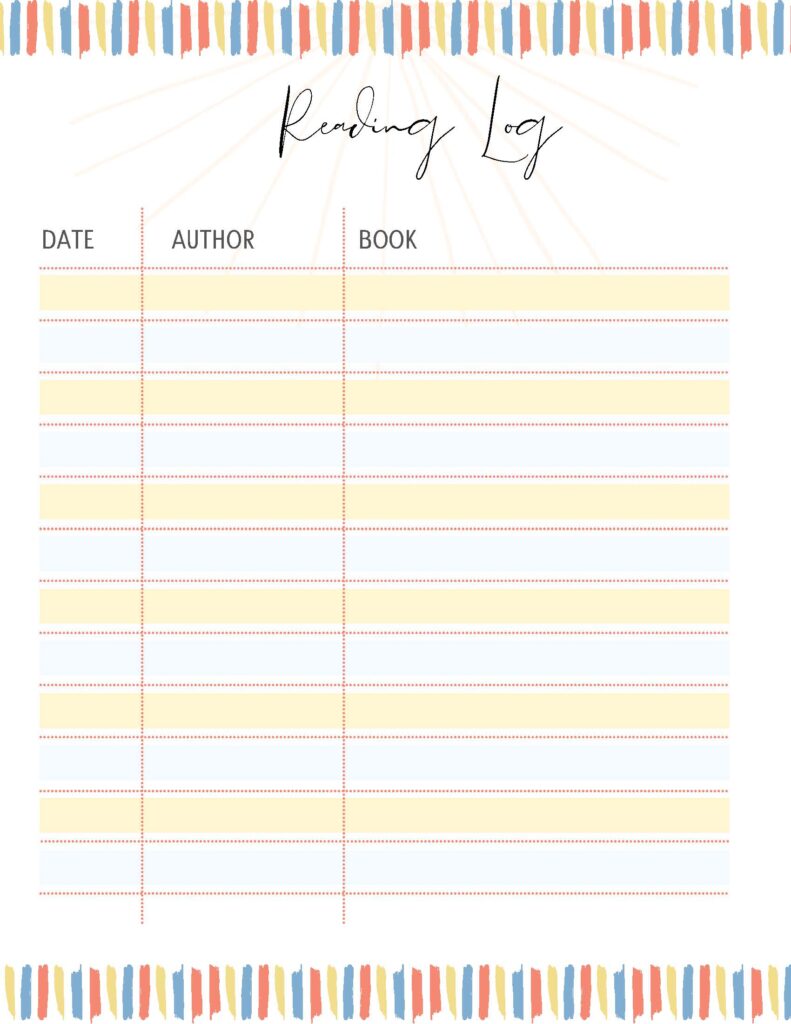
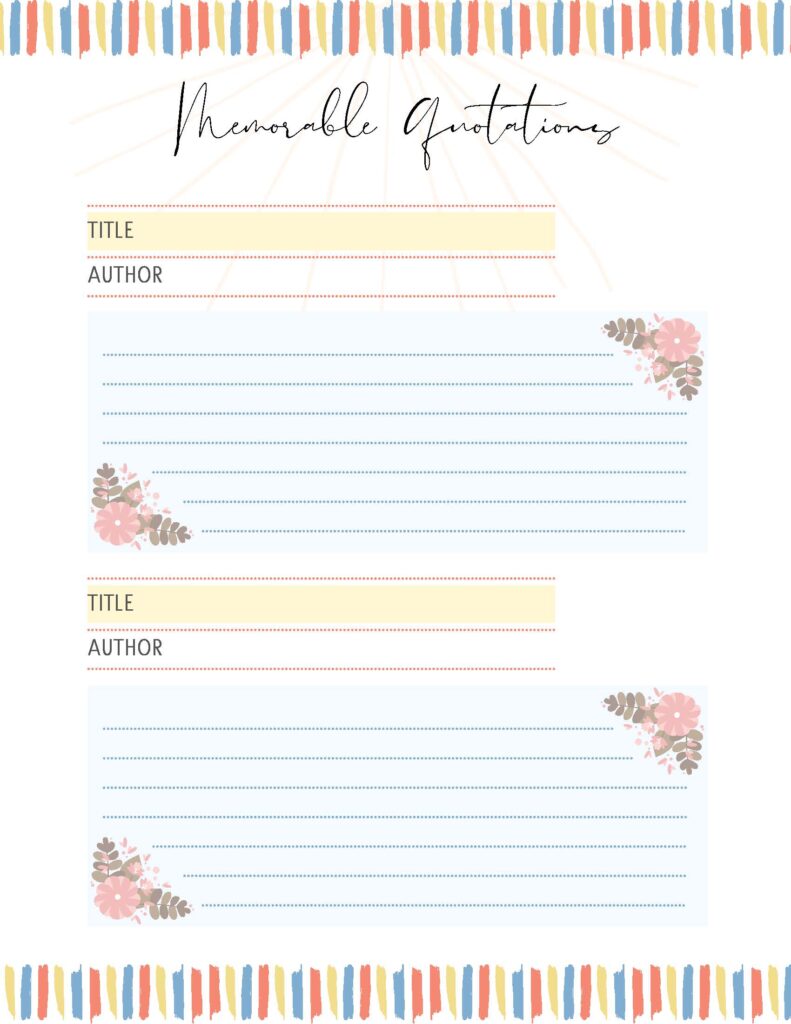
Reviewing and Reflecting
As you read books, it's important to reflect on your reading experiences and to keep track of the books you've read. One way to do this is by writing book reviews. Writing book reviews can help you remember what you liked and didn't like about a book, and it can also help other readers decide whether or not to read a book.
Writing Book Reviews
When writing book reviews, it's important to be honest and fair. Start by summarizing the book in a few sentences, and then share your thoughts about the book. Did you enjoy the book? Why or why not? What did you like or dislike about the book?
You can also include a star rating or some other rating system to help you remember how much you liked a book. Some people use a scale of 1 to 5 stars, while others use a scale of 1 to 10. Whatever rating system you use, make sure it's consistent so you can compare books easily.
To make it easier to write book reviews, you can use a book review template or create your own system for taking book notes. This can help you remember important details about the book, such as the characters, plot, and themes.
Reflecting on Reading Experiences
In addition to writing book reviews, it's also important to reflect on your reading experiences. Take some time to think about what you've learned from the books you've read. Did you learn something new about a particular topic or issue? Did you gain a new perspective on a certain subject?
You can also reflect on how your reading habits have changed over time. Have you started reading more or less frequently? Have you started reading different genres or authors? Reflecting on your reading experiences can help you appreciate the value of reading and can also help you set goals for your future reading.
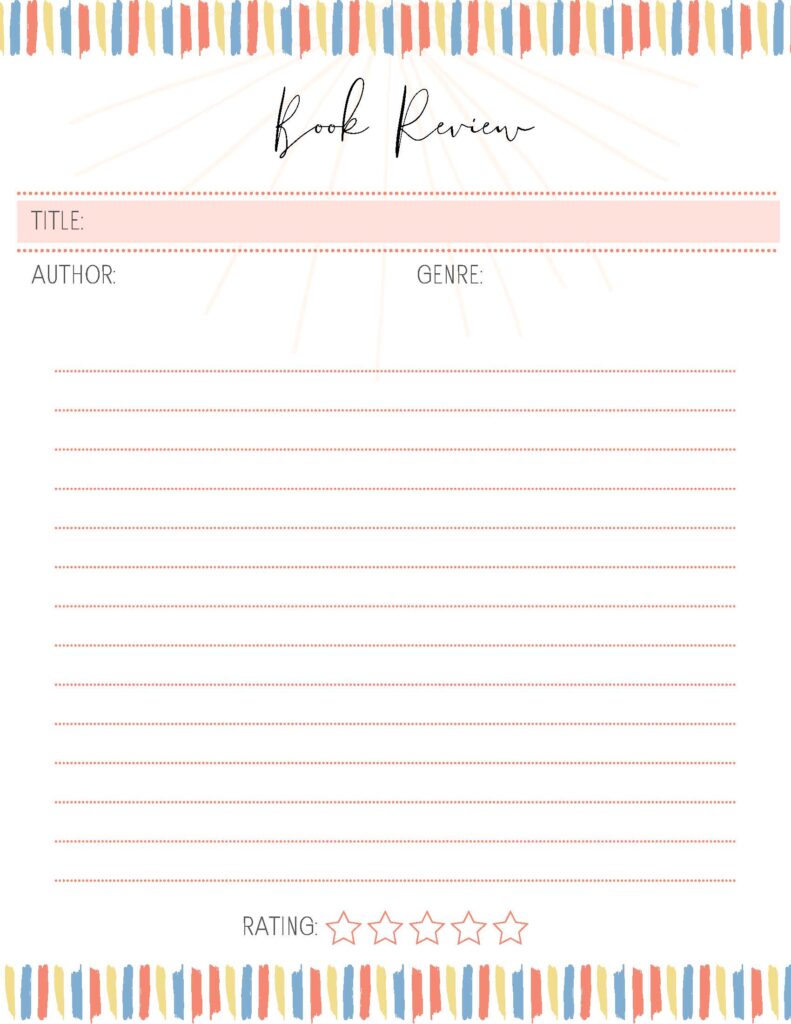
Enhancing Your Planner Aesthetically
When it comes to your reading planner, you want it to be both functional and visually appealing. After all, if you're going to be using it every day, you want to enjoy looking at it! Here are some tips for enhancing your planner aesthetically:
Decorating with Accessories
One way to add some personality to your planner is by using accessories. For example, you can use stickers to add some color and whimsy to your pages. There are many different types of stickers available, from cute animals to motivational quotes. You can also use pens and markers to add some flair to your pages. Try using different colors and fonts to make your planner stand out.
Another accessory you might consider is a hole punch. This can be useful if you want to add journal pages or other materials to your planner. By punching holes in them, you can easily add them to your planner without having to worry about them falling out.
Choosing a Layout and Design
The layout and design of your planner can also have a big impact on its aesthetic appeal. If you prefer a minimalist look, you might opt for a simple, unadorned planner with plenty of white space. On the other hand, if you love bright colors and bold patterns, you might choose a planner with a more elaborate design.
When choosing a layout, think about how you will be using your planner. Do you need a lot of space for writing, or do you prefer a more streamlined layout? Consider your needs and preferences when making your choice.
Finally, consider whether you prefer a spiral-bound or bound planner. A spiral-bound planner allows you to easily flip through pages and lay it flat on a surface, while a bound planner might be more durable and professional-looking. Choose the option that works best for you.
By following these tips, you can create a reading planner that is both functional and visually appealing. Whether you prefer a minimalist design or a more elaborate one, there are plenty of options available to help you create the perfect planner for your needs.
Using Reading Planners in Educational Settings
Reading planners are a great tool to help students keep track of their reading progress, set goals, and reflect on what they've read. Here are some of the benefits of using reading planners in educational settings:
Benefits for Students
- Improved Reading Comprehension: By setting goals and tracking their reading progress, students can improve their reading comprehension skills. They can also reflect on what they've read and identify areas where they need to improve.
- Better Time Management: Reading planners can help students manage their time more effectively. By setting aside time each day for reading, they can ensure that they're making progress towards their goals.
- Increased Motivation: Reading planners can help students stay motivated by providing a visual representation of their progress. They can see how far they've come and how much they still need to do to achieve their goals.
- Enhanced Organization: With a reading planner, students can keep track of their reading materials, notes, and worksheets in one place. This can help them stay organized and avoid losing important information.
Incorporating into School Curricula
Reading planners can be incorporated into school curricula in a number of ways. Here are a few examples:
- Summer Reading Programs: Schools can use reading planners as part of their summer reading programs. By providing students with a reading planner and a list of recommended books, they can encourage students to read over the summer and keep track of their progress.
- Reading Challenges: Schools can also use reading planners as part of reading challenges. By setting goals and tracking their progress, students can compete with each other and stay motivated to read.
- Worksheets: Teachers can create worksheets that students can use in conjunction with their reading planners. These worksheets can help students reflect on what they've read, identify key themes and ideas, and set goals for the future.
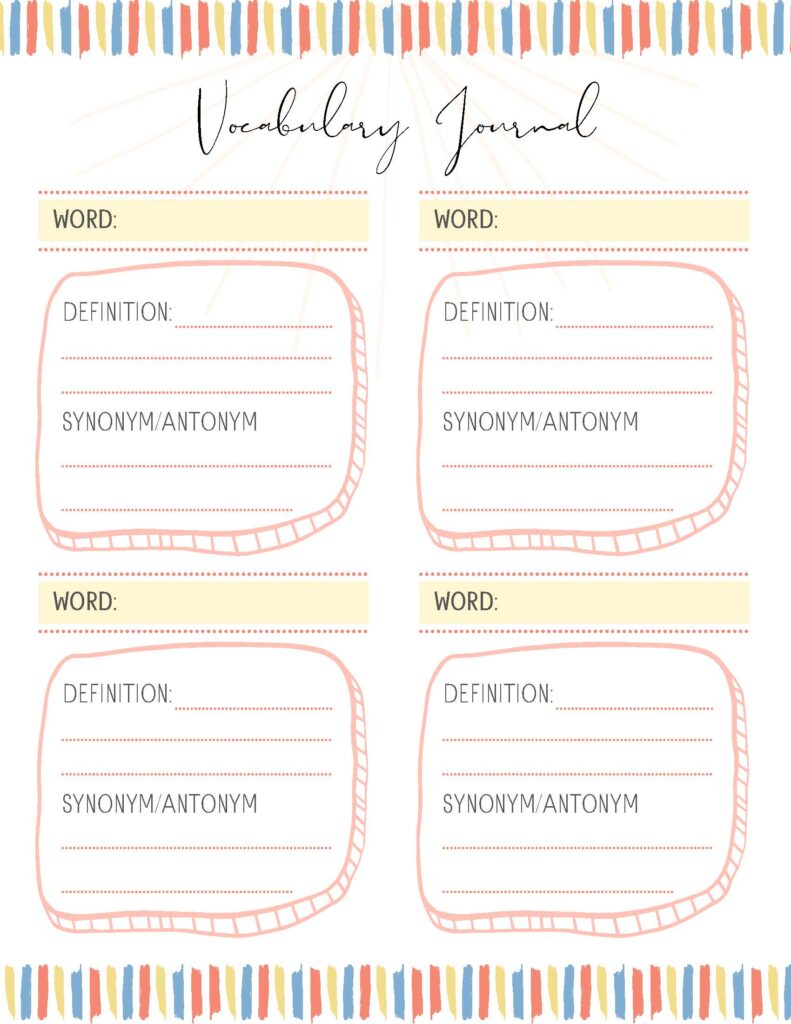
-> Download and print our Free Printable Reading Planner here! <-










